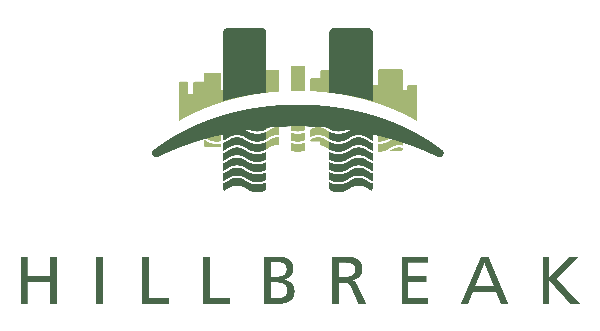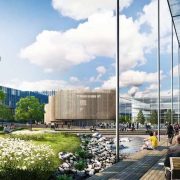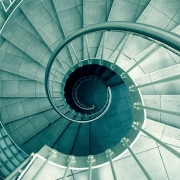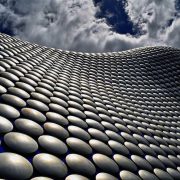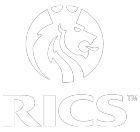Workplace Revolution?
These examples of contemporary workplace design, collated by the Urban Land Institute, reflect a growing focus by business occupiers on the role of buildings in getting the best out of their people. It may sound a little odd, but the relationship between buildings, people, innovation and business performance has, until recently, been all but lost in the commercial real estate sector.

There’s no question that occupiers, especially (but by no means exclusively) in the tech sector, are now pushing the boundaries of this agenda, but there are significant implications and opportunities for developers and investors too. Some are really on the ball and are bringing much more flexible and inspiring product to the market (both new-build and rejuvenated), but many remain a long way behind the curve. The same can be said for commercial property agents.
Evidence linking many green building attributes to the health, well-being and productivity of the people who use them, and the business benefits that result, is now more compelling than ever. A watershed moment for this agenda was the publication of the World Green Building Council report on Health, Well-Being & Productivity in Offices, for which the project Steering Group was chaired by Hillbreak’s very own Miles Keeping.
There’s no question that we are seeing a genuine surge of interest from clients to better understand and address the issues and opportunities. There is a far greater appetite than we have seen before to incorporate relevant initiatives and principles into the design and construction of buildings in order to differentiate them in the market, and this is the case for a number of the asset classes, not just offices.
We think this is one of the most exciting and important trends in the real estate industry. After all, buildings are for people, aren’t they?
Read more at the Urban Land Institute’s article: The Eclectic Tech Workplace.
